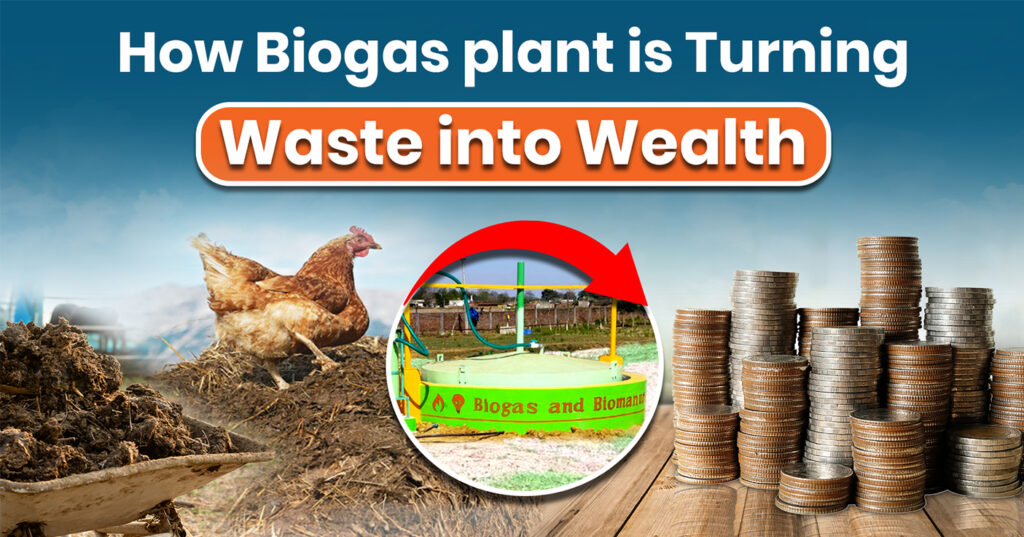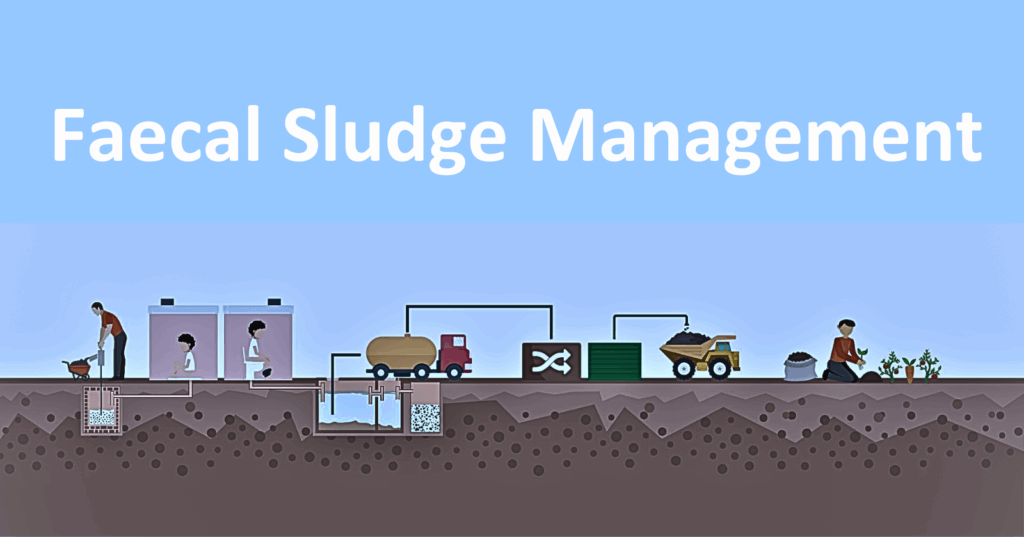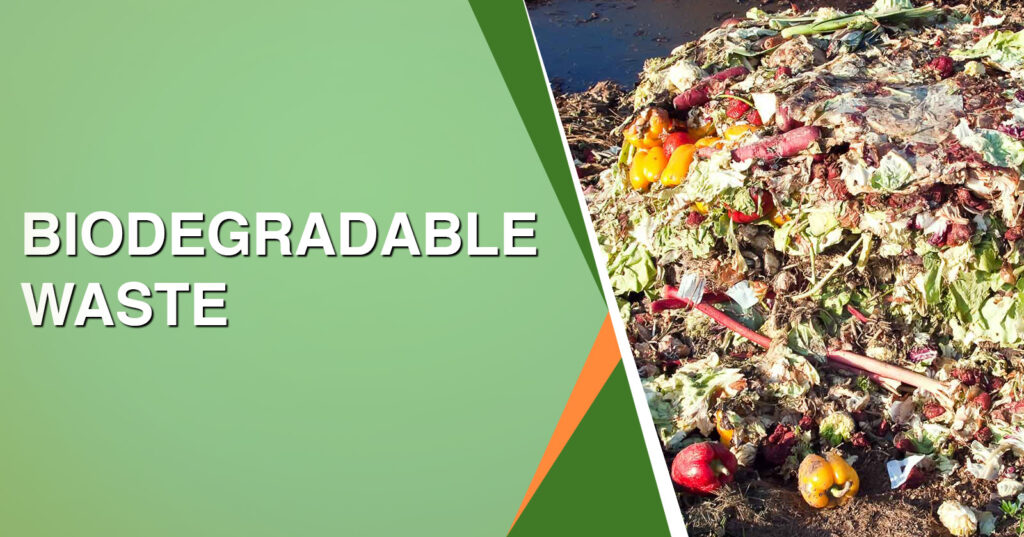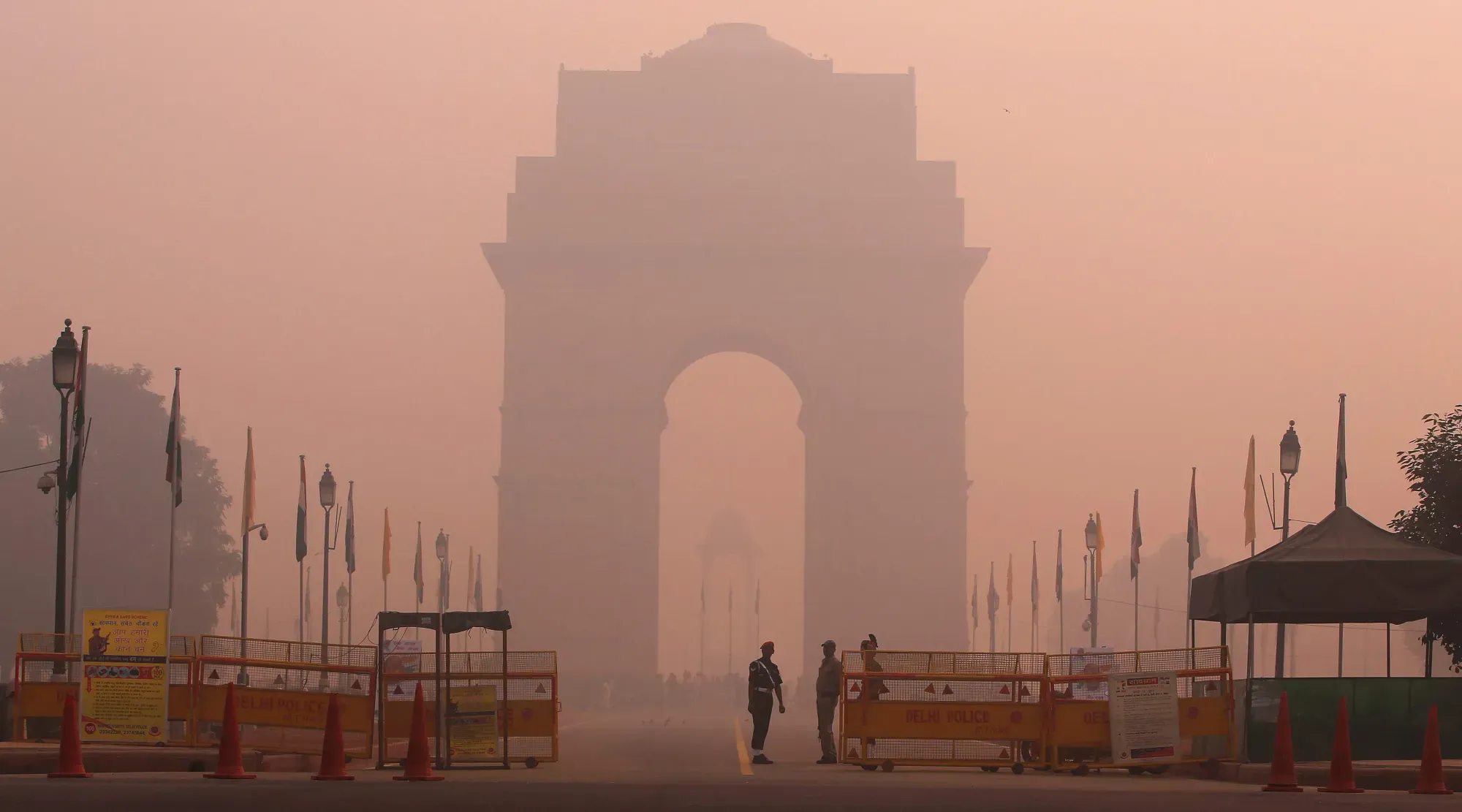Delhi Air Quality Crisis: The Role of Crop Stubble Burning
In Delhi, residents have been dealing with dangerously poor air quality for the past week, with AQI levels consistently above 400. The thick, yellowish smog irritates eyes and lungs, and this isn’t just a one-time issue, it happens every year.
A major reason for this smog is crop stubble burning in neighboring states. After harvesting rice, farmers often burn leftover stubbles to quickly prepare their fields for the next crop. This practice releases harmful pollutants into the air, worsening Delhi’s air quality.
According to the Indian Institute of Tropical Meteorology in Pune, stubble burning caused 25% of Delhi’s PM2.5 pollution on November 2, which was expected to rise to 35% on November 3.
What is Stubble Burning?
Stubble burning refers to the practice of setting fire to leftover crop residue, mainly paddy straw, after harvesting. This practice is common in neighboring states like Punjab, Haryana, and Uttar Pradesh. When the smoke and pollutants from these fires travel to the capital, they contribute significantly to the Delhi air quality crisis and worsen air pollution in Delhi.
Farmers often burn stubble to quickly clear their fields and prepare them for the next crop, usually wheat. While it may be convenient, this method has serious consequences for the environment and public health, leading to thick smog in Delhi during the harvest season.
Causes of Stubble Burning and Its Impact on Delhi Air
Mono-cropping Patterns
The government’s Minimum Support Price (MSP) system encourages repeated paddy and wheat cultivation. This leaves farmers with large amounts of leftover crop residue that need to be cleared quickly, leading to crop stubble burning.
Cost-Effectiveness:
Burning stubble is cheaper than using machines like balers or shredders. However, this cost-saving method comes at the expense of the environment, significantly increasing air pollution in Delhi.
Weed and Pest Management:
Farmers burn stubble to destroy weeds, pests, and leftover seeds. While effective in the short term, it adds smoke and particulate matter to the air, worsening the Delhi air quality crisis.
Climate and Seasonal Pressure:
Delayed monsoons or shortened sowing periods push farmers to burn stubble quickly to prepare fields on time. This urgent need directly contributes to the surge in air pollution in Delhi during certain months.
Limited Alternatives:
India lacks sufficient infrastructure for crop residue management. With few practical options for disposal or recycling, farmers often resort to stubble burning, which has become a major contributor to the Delhi air quality crisis.
By understanding what stubble burning is and its causes, we can better address its impact on air pollution in Delhi and work toward sustainable solutions that protect both the environment and public health.
Understanding Why Farmers Burn Crops:
Although crop stubble burning worsens the Delhi air quality crisis, many farmers do it out of necessity, not to harm the environment.
Farmer Gurnaib Singh explains, “Burning stubble is not my choice, but I have no other option. The government needs to find a solution. We don’t want to burn, but we are helpless. Our families are at risk too, yet we have no better alternatives.”
To tackle air pollution in Delhi caused by crop stubble burning and improve the Delhi air quality crisis, it’s important to work together and adopt sustainable ways to manage crop residues.
To stop crop stubble burning, we need sustainable solutions, and biogas plants are a powerful option. These plants can reduce air pollution in Delhi caused by farmers crop burning and help improve the Delhi air quality crisis while supporting the farming community.
Biogas plants, also called biodesters, turn leftover crop stubble into clean, renewable energy. This helps farmers manage crop stubble burning in a smart and eco-friendly way.
Producing biogas from stubble not only reduces smog but also provides a sustainable energy source. Farmers can use it for cooking or powering their homes, reducing reliance on traditional fuels.
Moreover, farmers can sell the biogas to earn extra income, making their farming more profitable and sustainable while contributing to solving the Delhi air quality crisis.
Conclusion:
The Delhi air quality crisis is a serious issue, with smog in Delhi worsening every year due to crop stubble burning in neighboring states. While farmers crop burning is often done out of necessity, it contributes significantly to air pollution in Delhi, affecting the health of millions.
Implementing sustainable solutions like biogas plants can help reduce crop stubble burning, convert leftover stubble into clean energy, and provide farmers with additional income. By supporting such initiatives, we can fight smog in Delhi, improve air quality, and create a healthier, greener environment for everyone.
Frequently Asked Questions (FAQs)
Question: What is the Delhi air quality crisis?
Answer: The Delhi air quality crisis refers to the repeated episodes of dangerously high pollution levels in the city, often caused by factors like crop stubble burning, vehicular emissions, and industrial activities. It leads to smog in Delhi, making it harmful to breathe.
Question: How does crop stubble burning affect Delhi’s air?
Answer: Crop stubble burning releases smoke and harmful particles into the air, which travel to Delhi and worsen air pollution in Delhi. This practice is one of the main contributors to the Delhi air quality crisis during harvest seasons.
Question: Why do farmers engage in crop burning?
Answer: Many farmers crop burning is done out of necessity. They burn leftover stubble to quickly prepare fields for the next crop. While it harms the environment, most farmers have few alternatives.
Question: What are the effects of smog in Delhi?
Answer: Smog in Delhi causes respiratory problems, eye irritation, and worsens heart and lung conditions. It also reduces visibility and affects daily life, especially for vulnerable groups like children and the elderly.
Question: How can air pollution in Delhi be reduced?
Answer: Air pollution in Delhi can be reduced by controlling crop stubble burning, adopting biogas plants, promoting cleaner fuels, and increasing awareness among farmers crop burning. These steps help address the Delhi air quality crisis and reduce smog in Delhi.








